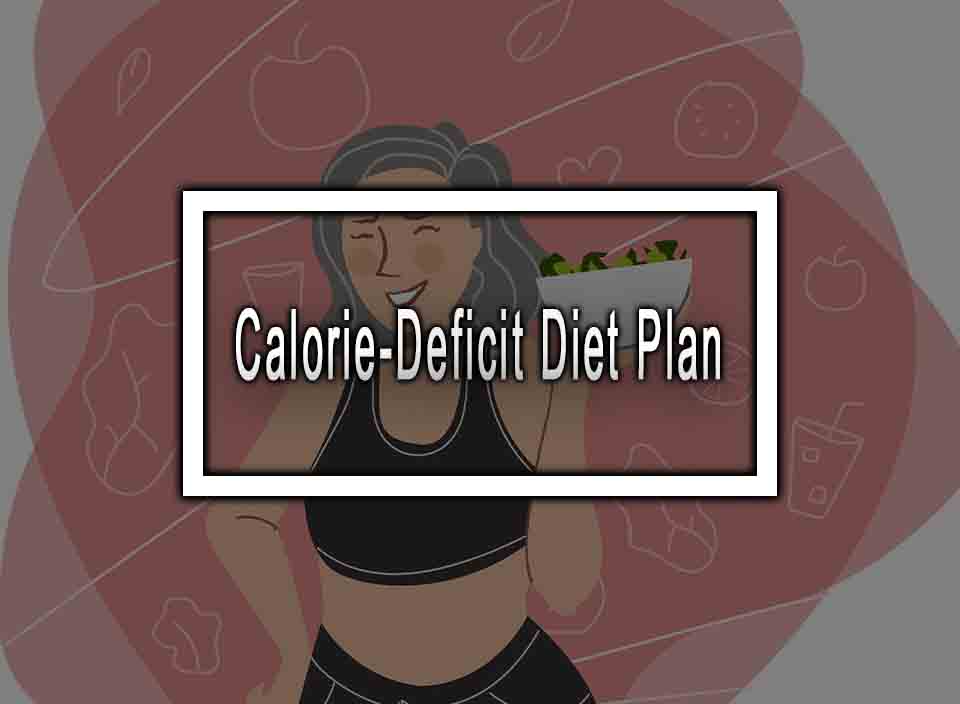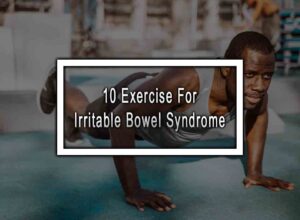Here Are Some Calorie-Deficit Diet Plan
When it comes to losing weight, you need to have a plan that will effectively help you achieve your weight loss goals. There are different ways to lose weight, including diets and exercise plans, but one plan that is gaining popularity is a calorie-deficit diet. A calorie deficit diet plan is a diet that involves eating fewer calories than you burn, which might sound challenging. However, with a proper understanding of how this diet works, you can lose weight successfully without starving yourself or restricting the essential nutrients your body needs. This article will discuss calorie deficit in detail, its benefits, how it works, and how to create a calorie-deficit diet plan.
What Is Calorie Deficit Diet Plan?
A calorie deficit diet plan is a weight-loss diet that involves consuming fewer calories than you burn each day, leading to a calorie deficit. To lose one pound of weight, you need to create a calorie deficit of 3,500 calories. This means you will need to eat 3,500 fewer calories than your body requires or burn 3,500 more calories through exercise. The best way to achieve weight loss through a calorie deficit is a combination of both eating less and moving more. However, it would be best to be careful not to consume too few calories, which could lead to health issues like nutrient deficiencies, fatigue, and a slower metabolism.
How Does Calorie Deficit Diet Work?
The essential principle of a calorie-deficit diet plan is to consume fewer calories than your body requires, leading to reduced weight and body fat. Our body requires a certain amount of calories to maintain its essential functions, including digestion, breathing, and blood circulation. When you eat more calories than your body needs, the excess calories are stored as fat, leading to weight gain. On the other hand, eating fewer calories than your body requires creates a calorie deficit, which compels your body to convert stored fat into energy, leading to weight loss. As you lose weight, your body requires fewer calories to maintain its essential functions, which can slow down your metabolism, making it harder to lose weight.
Creating a Calorie Deficit Diet Plan
To create a calorie-deficit diet plan, you need to consider the following factors:
- Determine Your Calories Intake: The first step in creating a calorie deficit diet plan is to determine your calorie requirements, which depend on various factors, including your age, gender, weight, height, and activity level. You can use online calorie calculators to determine your calorie requirements.
- Determine Your Calorie Deficit: Once you determine your calorie intake requirements, you need to create a calorie deficit by eating fewer calories than your body requires. A calorie deficit of 500–1000 calories is ideal for losing 1-2 pounds of weight per week.
- Plan Your Meals: Plan your meals according to your calorie requirements and create a balanced diet that includes essential nutrients, lean protein sources, low-glycemic-index carbohydrates, fiber, and healthy fats.
- Track Your Progress: Keep track of your food intake and exercise routine to ensure you are creating a calorie deficit and losing weight steadily.
Benefits of Calorie Deficit Diet Plan
There are numerous benefits to a calorie-deficit diet plan, including:
- Weight Loss: A calorie-deficit diet plan enables you to lose weight effectively and maintain a healthy weight.
- Improved Metabolism: A calorie-deficit diet is not only effective in losing weight but also helps improve metabolism, making it easier to stay healthy.
- Improved Blood Sugar Levels: A calorie-deficit diet plan helps improve blood sugar levels, reducing the risk of developing type 2 diabetes.
- Improved Heart Health: A calorie-deficit diet plan helps reduce the risk of developing heart diseases by lowering blood pressure and cholesterol levels in the body.
- Improved Mental Health: A calorie-deficit diet plan can have positive psychological effects on people who feel better about themselves after losing weight.
Conclusion
A calorie-deficit diet plan is an excellent way to lose weight effectively and remain healthy. Consuming fewer calories than your body requires does not mean depriving yourself of essential nutrients or starving yourself. Instead, it involves creating a balanced diet plan that meets your calorie requirements while reducing calorie intake. A calorie-deficit diet plan helps improve metabolism, blood sugar levels, heart health, and mental health. Creating a calorie deficit diet plan involves determining your calorie intake requirements, creating a calorie deficit, planning your meals, and tracking your progress. With consistency and determination, a calorie-deficit diet plan can help you achieve your weight-loss goals successfully.
Calorie-Deficit Diet Plan FAQs
Here are the most common questions about a calorie-deficit diet plan.
1. How many calories should I consume in a day for a calorie-deficit diet plan?
The number of calories you should consume in a day depends on your age, weight, height, and activity level. You can use an online calorie calculator to determine your daily calorie requirement.
2. What foods should I eat on a calorie-deficit diet plan?
In a calorie-deficit diet plan, you should focus on consuming foods that are low in calories but high in nutrients, such as fruits, vegetables, lean proteins, and whole grains.
3. What foods should I avoid in a calorie-deficit diet plan?
In a calorie-deficit diet plan, you should avoid foods that are high in calories and low in nutrients, such as processed foods, sugary drinks, and high-fat foods.
4. Can I exercise while following a calorie-deficit diet plan?
Yes, you can exercise while following a calorie-deficit diet plan. In fact, exercise can help you burn more calories and lose weight faster.












